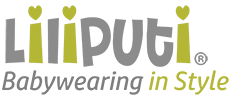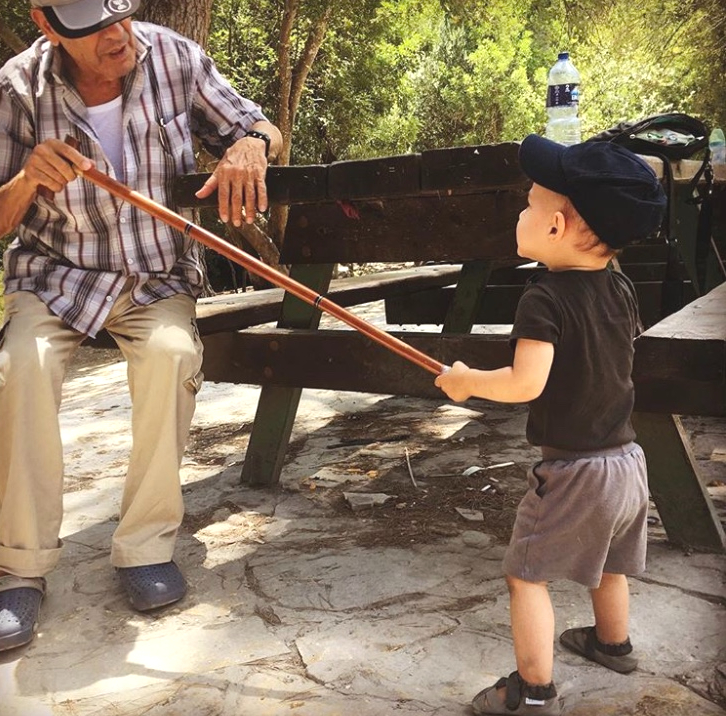The baby’s foot looks completely different from that of adults. It consists of several bones that fuse later on. During the foot development, the muscles gradually strengthen to adapt to changes in bones and joints. Throughout a child’s development, various milestones are encountered: crawling, climbing, standing, and walking. These milestones are usually associated with age, serving as guidelines rather than strict rules. Every child’s development progresses at its own pace. However, there are specific ages when certain motor development milestones are ideally achieved. It has been widely discussed that delayed motor development can pose problems. However, early achievement can also be problematic. Early standing and walking, in particular, can be problematic. A baby’s muscles are not prepared to walk at 6-8 months old. If the baby continually bends their knees while standing, their muscles are not strong enough for independent standing.
Rarely, a child may be born with foot deformities. In such cases, treatment is provided with the assistance of an orthopedic doctor and a physiotherapist. However, in most cases, a baby’s foot is healthy. The arch of the foot develops around the age of 2 when the child can walk stably. Active muscle work is required for the development of arches. This is achieved through continuous movement of the foot. The foot muscles work best on uneven ground or when walking barefoot. Of course, it’s not always possible to walk barefoot, especially in every season. Therefore, soft-soled (barefoot) shoes, sandals, or boots are good alternatives. These types of footwear move with the child’s foot while providing protection against exposure and injuries.
Most children are diagnosed with flat feet. This is usually detected during school examinations. However, it’s not advisable to diagnose flat feet until the age of 6-7 since the foot undergoes significant changes during this period. Additionally, the foot quickly regenerates and adapts its muscles. If a diagnosis of flat feet is made by an orthopedic doctor, treatment typically doesn’t begin with orthopedic insoles. Strengthening the foot muscles, regular physical activity, and finding the right shoes are the first steps. But what constitutes the right shoe? It should have a soft sole, wide toe box, and a slightly supportive heel area. I believe prevention should be emphasized here.
How can we prevent flat feet (and other foot deformities)? We can start prevention very early, and the best part is: it doesn’t require much effort. We just need to allow physiological motor development—avoid early walking. When the child can walk independently (takes 4-5 steps without support), we should allow them to walk as much as possible barefoot or in soft-soled shoes on uneven ground. In addition, regular physical activity and targeted exercises for foot muscles can prevent problems. Many playful tasks can encourage foot strengthening. For example, picking up beans with the feet and putting them in a bucket, sculpting with toes, or trying to crumple a piece of paper with the foot.
For developed flat feet, it’s important to distinguish between flexible and rigid flat feet. For flexible flat feet, exercises and the use of appropriate footwear are recommended. In the case of rigid flat feet, orthotic insoles or special shoes may be necessary. In rare cases, ankle binding or plaster fixation may be required, but this is more common in adults with completely fixed flat feet. Ultimately, surgical intervention may be considered. Unfortunately, many adults have problems with their arches. This is why prevention is essential. There are life stages when it’s particularly important to pay attention to the condition of our feet/our child’s feet. For example, the beginning of school when children suddenly spend a lot of time sitting in one place and have little opportunity for outdoor activities. The next critical stage is puberty when foot muscles need to adapt to rapid growth. In adulthood, standing occupations and pregnancy most commonly influence the condition of arches. Although it’s more challenging to strengthen foot muscles in adulthood, it’s worth paying attention to them. In many cases, hip and back pain can be resolved if our feet are in good condition.
...And finally, a study to motivate walking barefoot:
In 2018, the motor skills of children and adolescents aged 6-18 were examined based on whether they spent most of their childhood barefoot or in shoes. During the study, they had to perform balance tests, standing long jumps, and 20-meter sprints. According to the results, “barefoot” children performed better on the jumping and balance tests, especially in the 6-10 age group.
Vanda Ábrahám
Physiotherapist




Leave Comment
You must be logged in to post a comment.